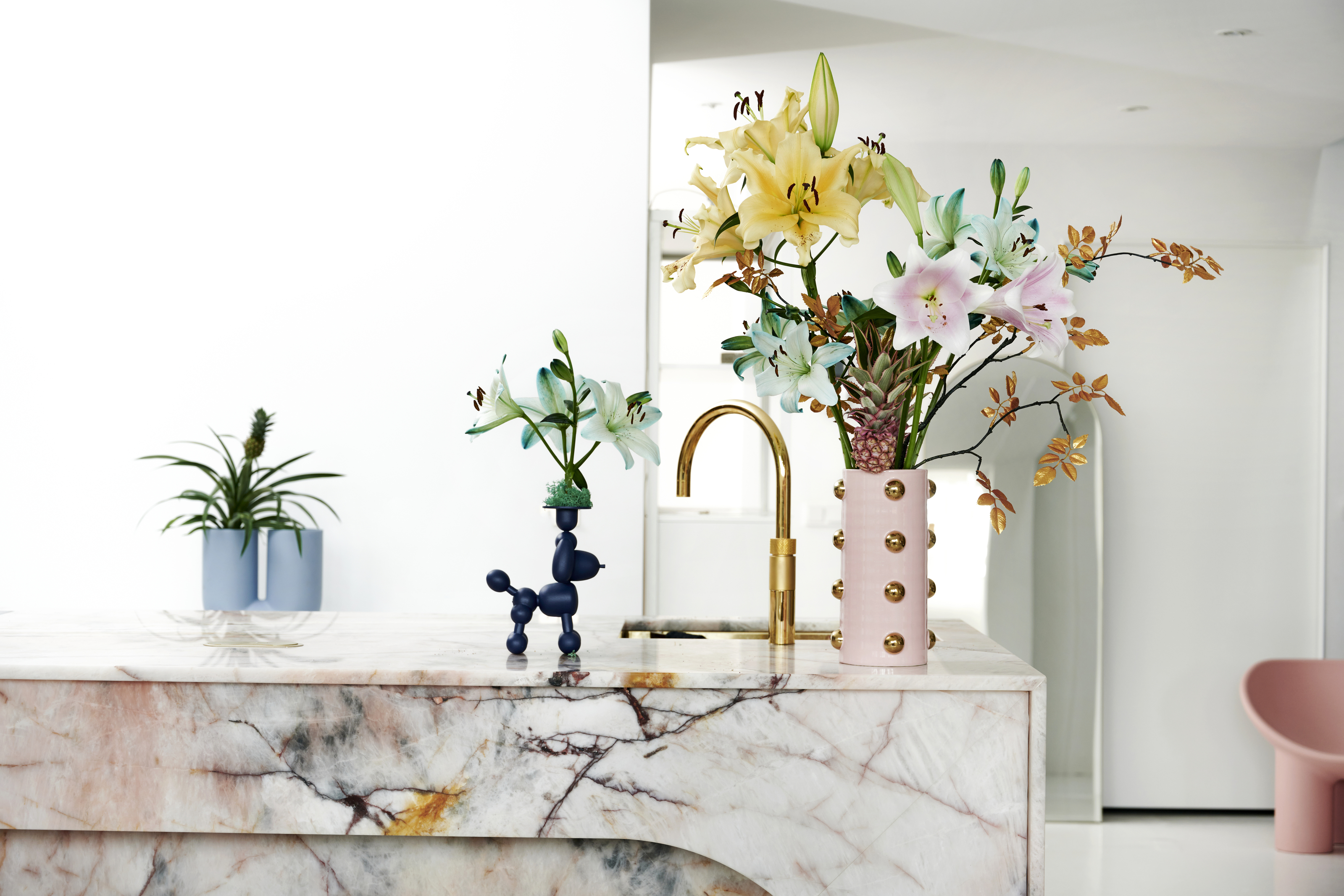
If you’re a budding gardener, you may have heard the term 'hybrid flowers' floating around, but what exactly does it mean? Creating hybrid plants is a more common process for commercial growers who farm and grow plants on a larger level, delivering in bulk to local nurseries and florists, but hybrid planting might also be a great task for the more savvy gardeners who enjoy a challenge.
The point of growing hybrid flowers is to take the qualities of two plants and blend them to create something new, but how exactly is this done? To get to the bottom of what hybrid plants are, and find out how best to grow them, we speak to the green-thumbed professionals.
What are hybrid flowers?
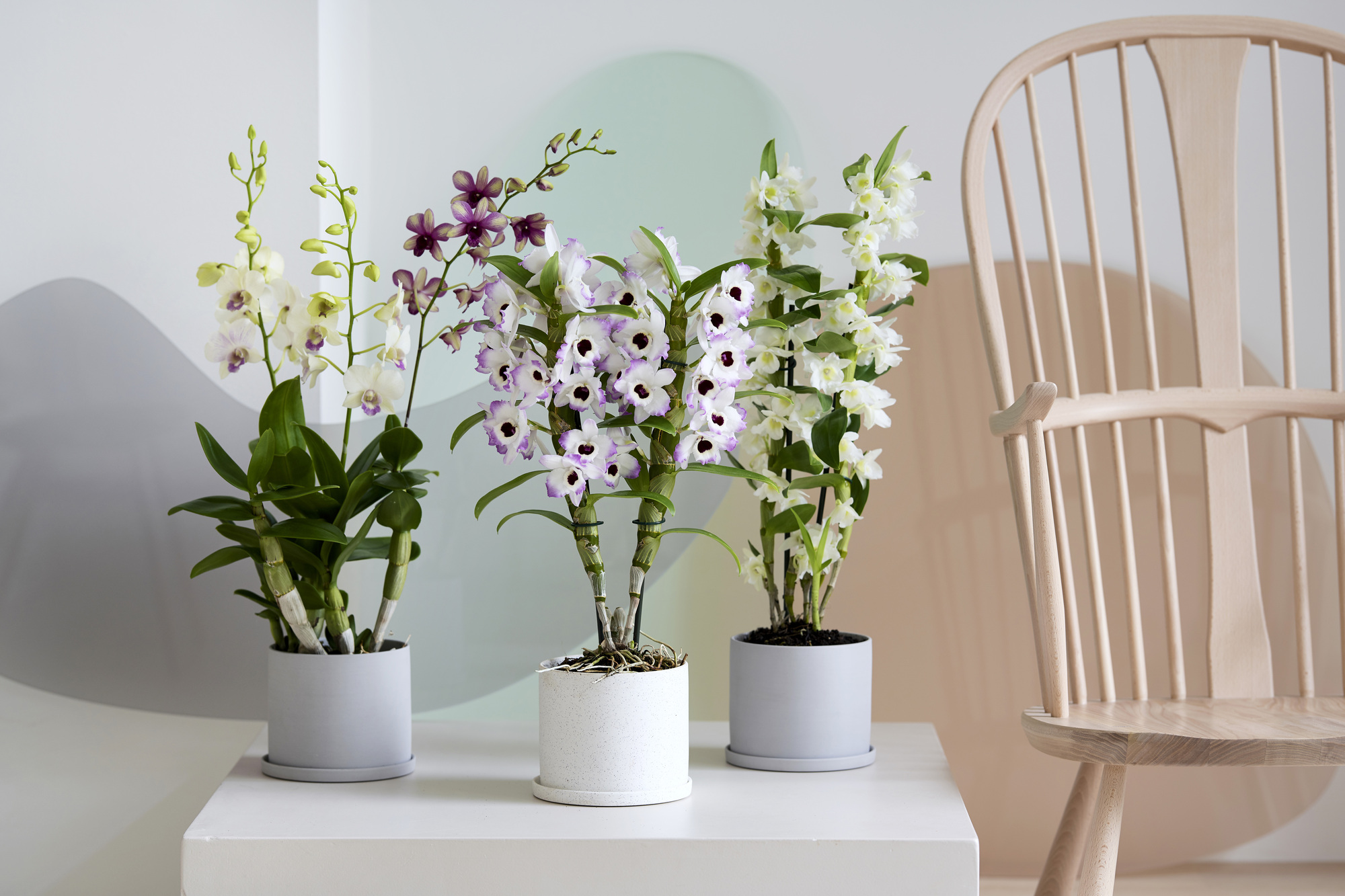
A hybrid flower is the result of cross-pollinating two different plants, collecting the seeds, then growing the seed that the combined plants produce. The grown plant that comes from the harvested seed is considered hybrid.
This type of hybrid planting is all about getting the best of both worlds. For example, it might produce color with a more beautiful, bountiful blossom or it might just be developed for disease resistance, flower size, or even specific growth habits like variegation (the appearance of white-colored patches on the leaves).
'For example, breeders may cross a red-flowering plant variety with a white-flowering variety,' says Lina Cowley, master botanist at Trimmed Roots. 'This cross-pollination allows genes to mix and match. The hybrid offspring may end up with stunning pink flowers!'
‘It’s all about aiming to combine desirable traits from each parent,’ says professional gardener Zahid Adnan of The Plant Bible. 'Growing hybrid plants can be a rewarding experience.'
Hybrid plants are more common than you might think, and today, many modern plants are sold are hybrids, created by a breeder, but they can also be created organically in nature too.
'Hybrid plants can be an exciting addition to any garden', says Lina. 'Whether you're an experienced gardener looking to expand your plant palette or a beginner wanting to grow something out of the ordinary, hybrids are a great option for your indoor garden.'
How does hybrid planting work?
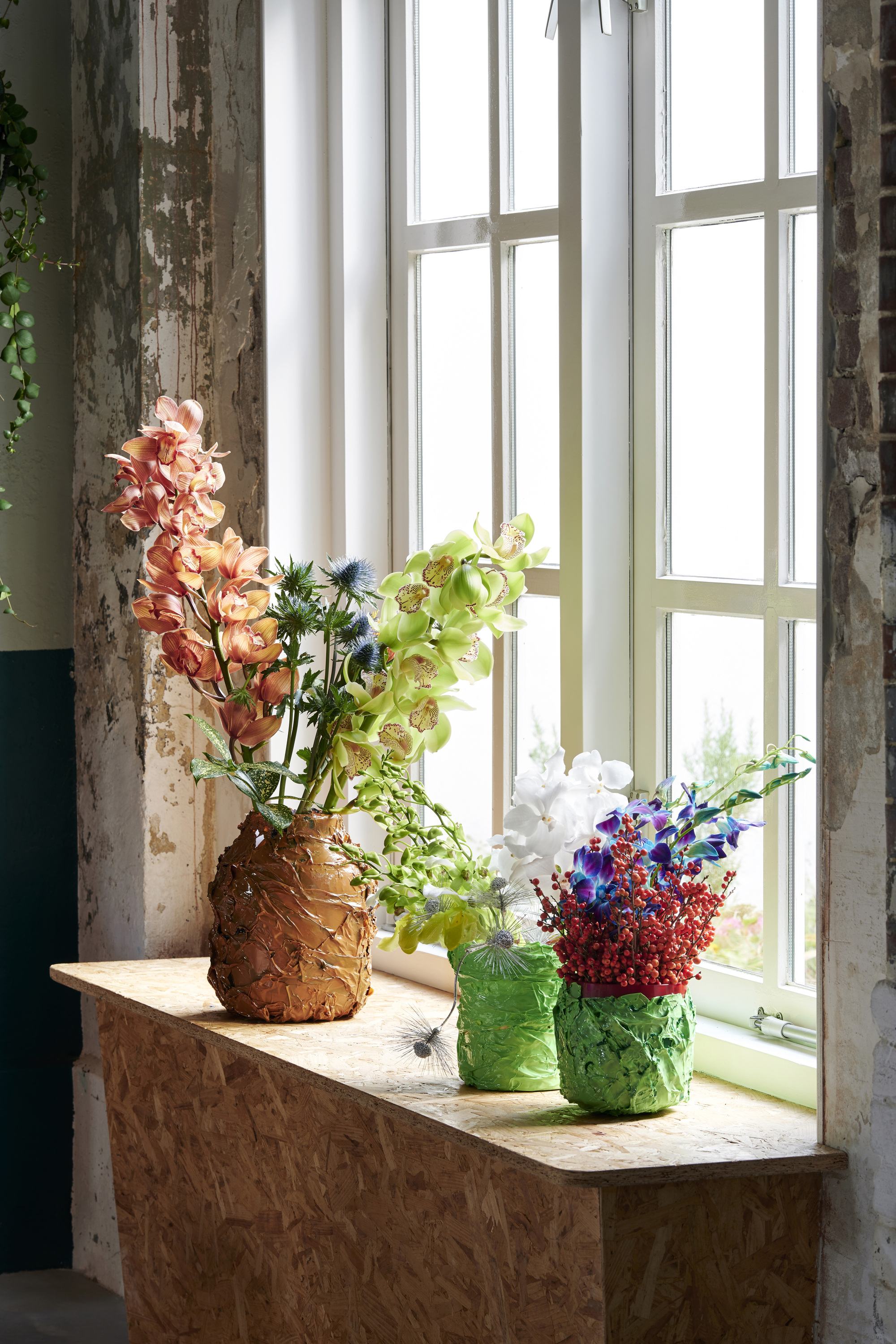
So how does the process work on a commercial level? Pollen from one plant is typically transferred to the other flower, but it's a biological process. The farmer must select which plant they want to use as the pistil and which they want to take pollen from. The pistel is pollinated manually with the pollen. The seeds that form because of this pollination are harvested, kept, and grown.
It's a bit of a trial and error process and it takes time to see what the results will turn out like. There are also legalities involved in the cross-pollination process - breeders who find a hybrid flower that haven't been created before own the rights to it - which is why they can be more expensive than non-hybrid plants.
What are some examples of hybrid flowers?
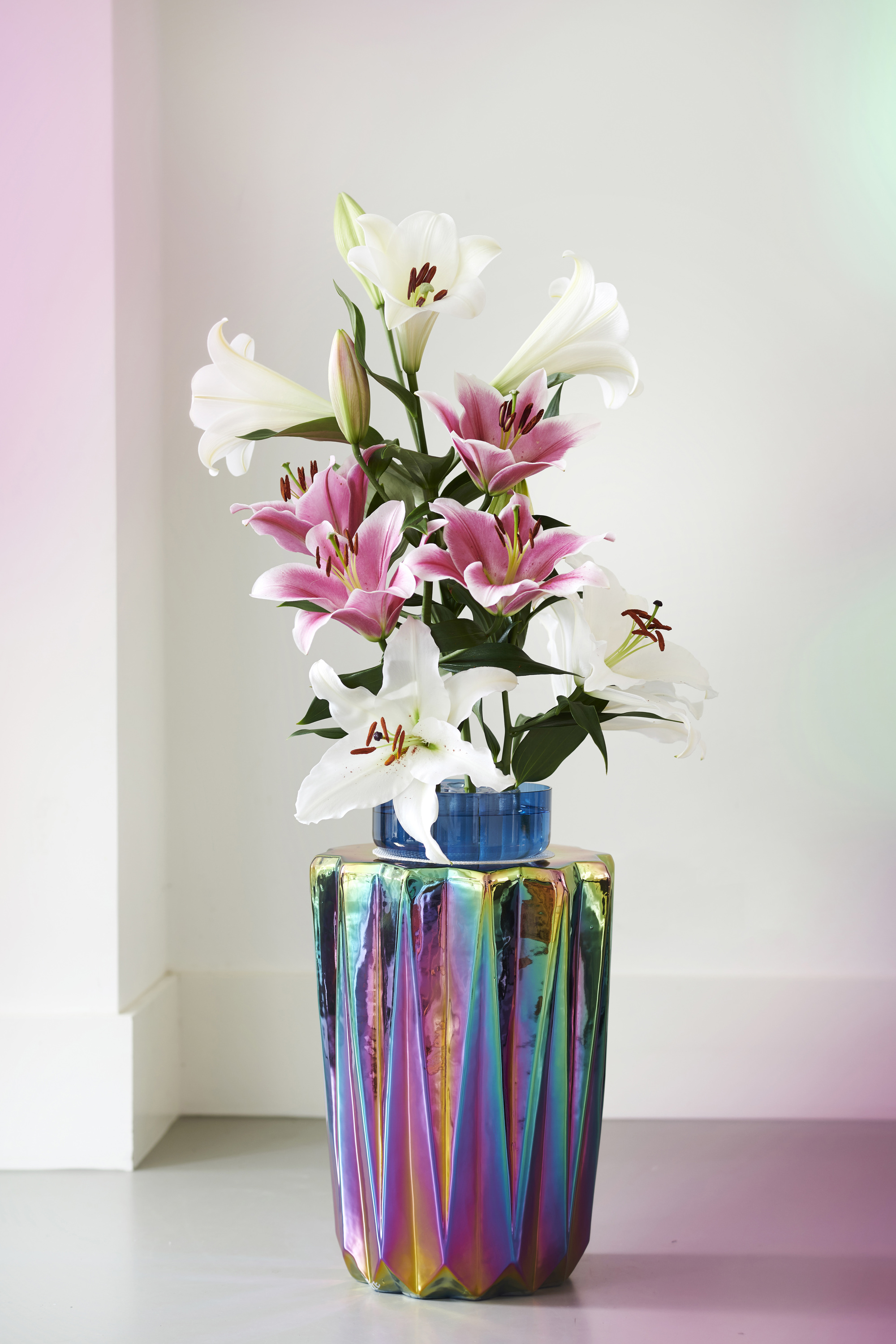
Many common garden plants sold today are hybrids - more than you might think. Top examples of popular hybrid flowers and plants include first and foremost the orchid. The vibrant, exotic Phalaenopsis orchids sold in grocery stores are complex hybrids, bred for ease of care, continuous flowering, and wide color range.
Stargazer lilies are also another popular hybrid plant, grown specifically for cut flower gardens and loved for their dazzling flower. Rose of sharon shrubs are a popular hybrid plant too. Hybrid versions produce abundant late summer flowers in new hybrid colors.
'Daylilies are extremely vigorous, carefree daylilies sold in garden centers offer continuous summer blooms in colors like melon and double pink and tall bearded iris showcases every color from black to bright yellow. Compact reblooming iris adds nonstop flowers from spring to fall,' says Lina.
It's also something you might be more familiar with in the supermarket, with tomatoes, peppers, corn and cucumbers available all year round.
How to grow hybrid flowers at home
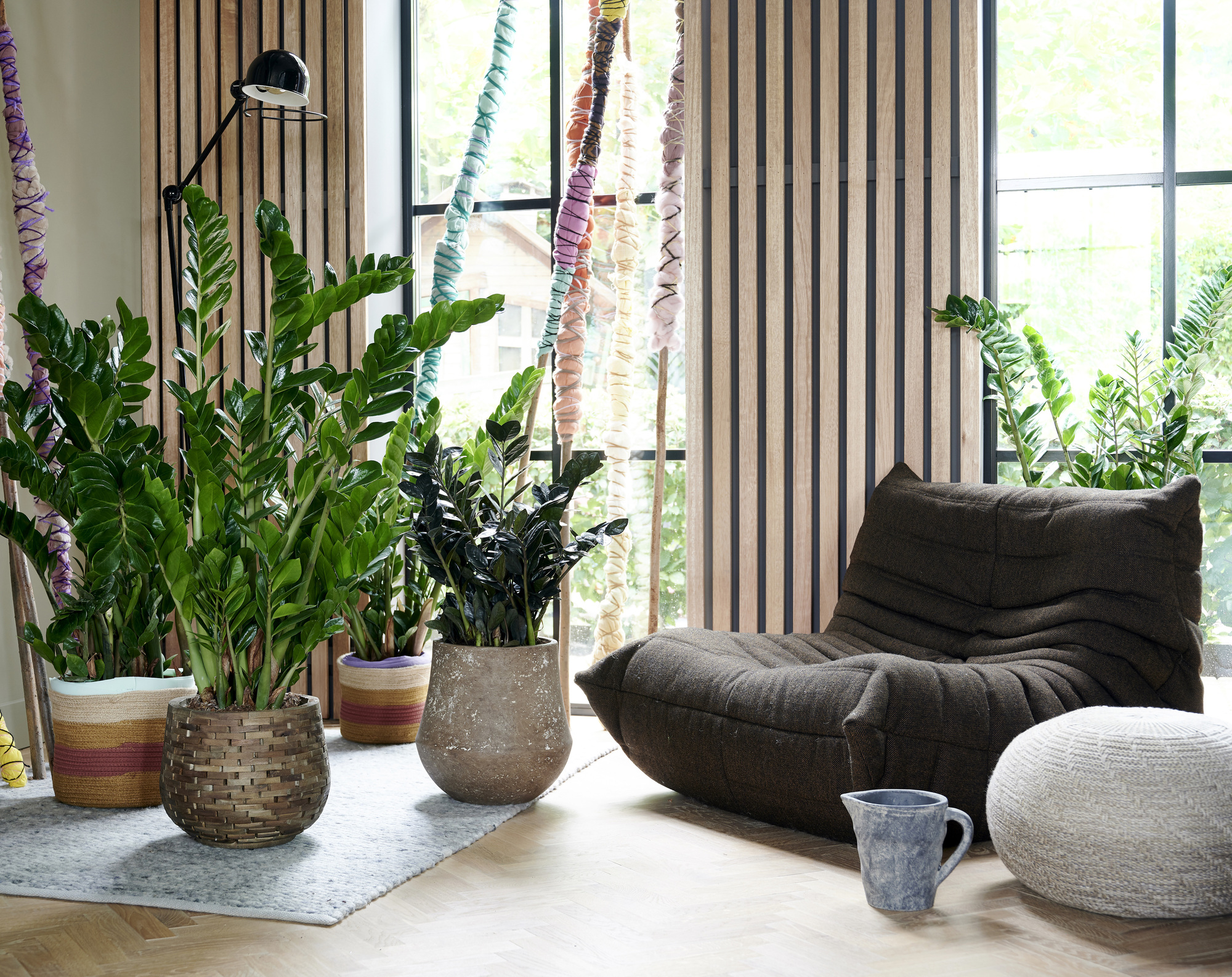
Creating hybrid plants might just be too technical to try at home, but that doesn't mean you can't try your hand at caring for a hybrid houseplant. They are easier to look after than you might think, making them some of the best houseplants for beginners.
'To successfully grow hybrid flowers consider the following tips: 'Firstly, select the right varieties,' says Zahid. 'Choose hybrids that suit your climate and soil conditions - different hybrids thrive in various environments.' Secondly, prime your plants for optimal growing conditions. 'Provide the right amount of sunlight, water, and nutrients based on the specific needs of the hybrid plant,' adds Zahid.
Keep regularly monitoring your plants. Keep an eye on the plants for any signs of pests or diseases. Swift action can prevent potential issues.
Choose an appropriate sun and shade location based on the hybrid plant's light needs. Most flower hybrids require full sun while some vegetable hybrids can tolerate partial shade. 'Give plants the recommended amount of space for good air circulation and growth room,' recommends Lina. 'Crowding causes disease and reduced flowering and productivity.
Group plants with similar water and fertilizer needs together for easier care, recommends Lina. 'For example, keep thirsty vegetables and annuals separate from drought-tolerant perennials.'
Prune back spent hybrid flower stems to encourage continuous reblooming too. Frequent deadheading also keeps plants neater, so prune away overgrown or damaged stems. Thin out old stems too, this encourages new growth.
Proper site selection, spacing, watering, fertilizing, and pruning all help ensure hybrid plants stay healthy and vigorous for seasons of beauty and bountiful harvests.







